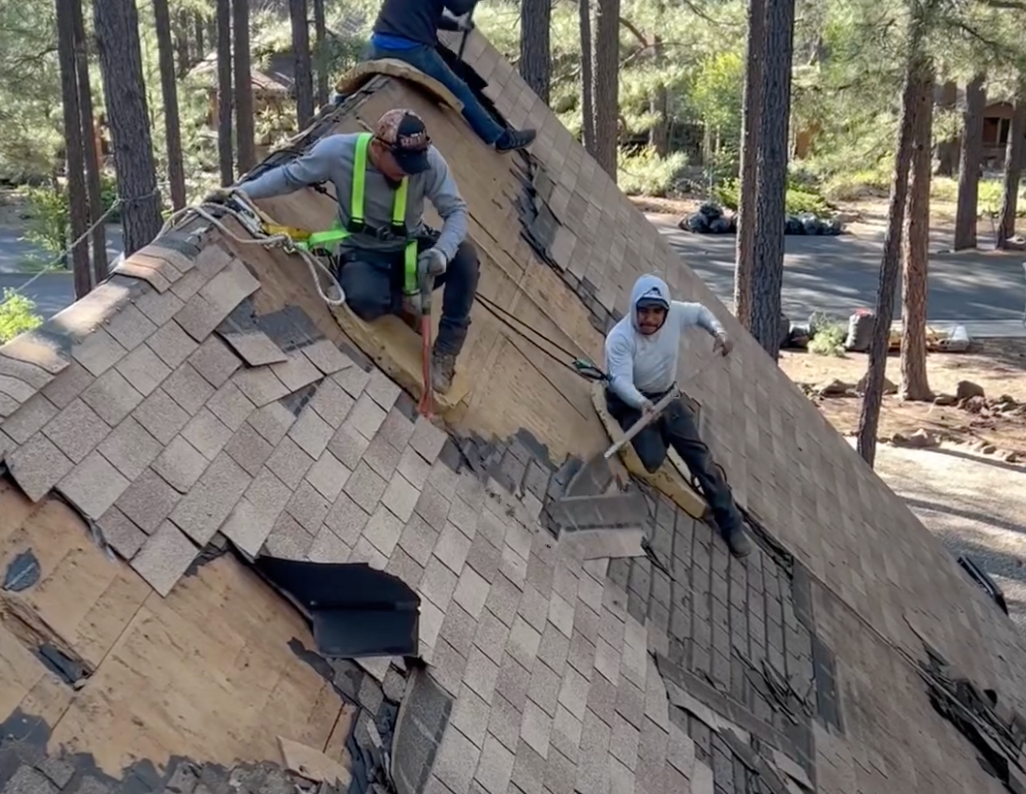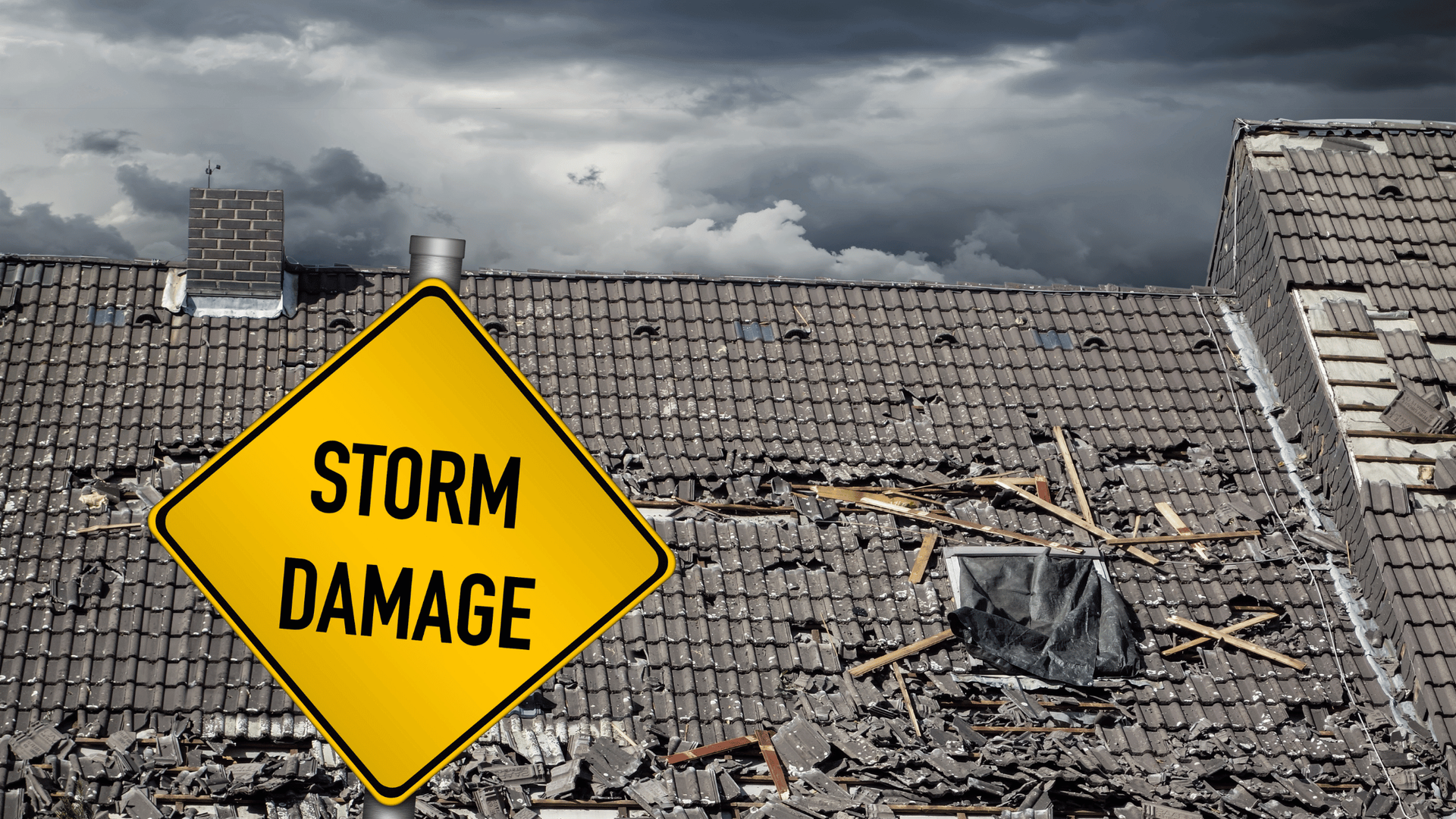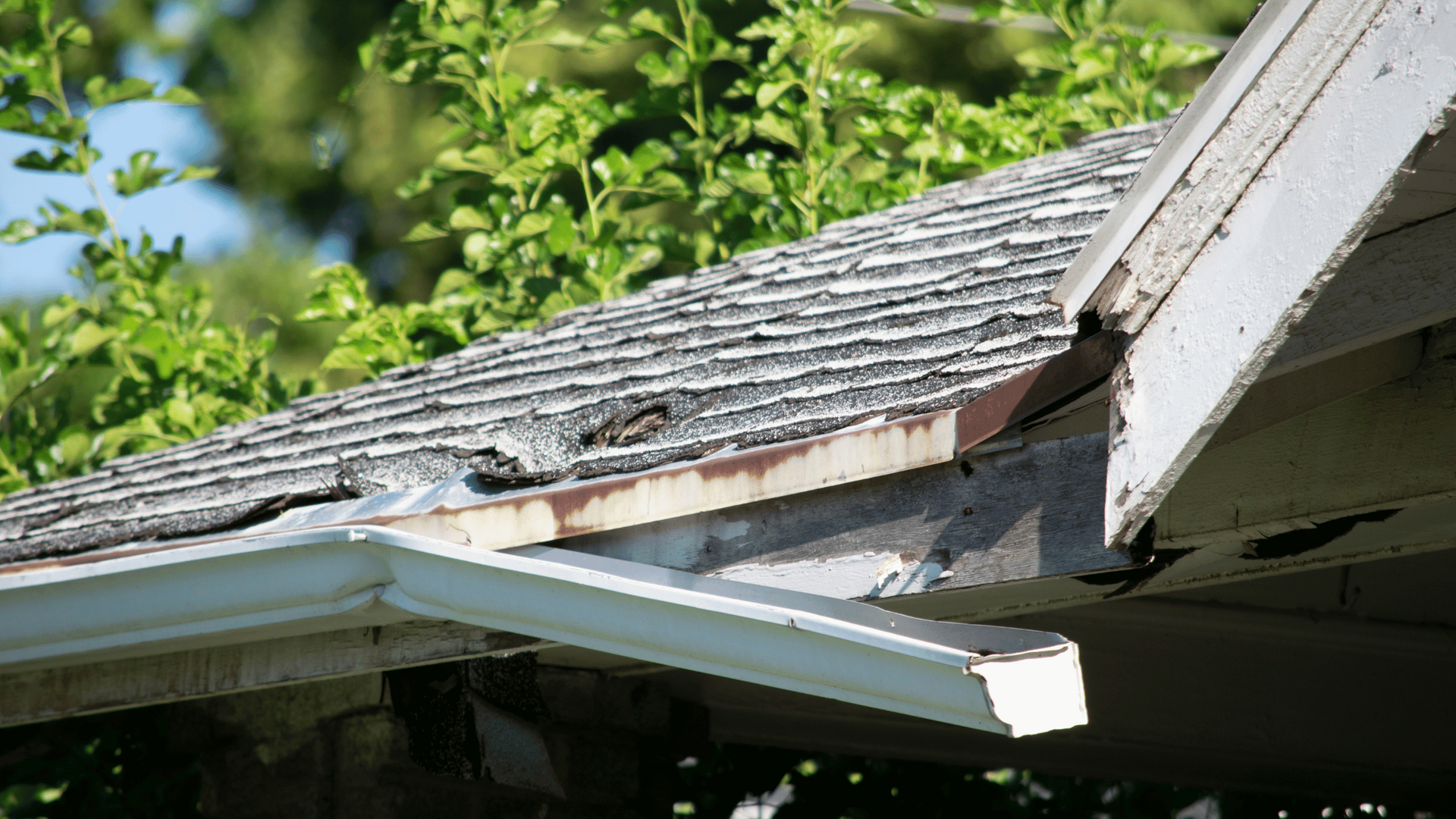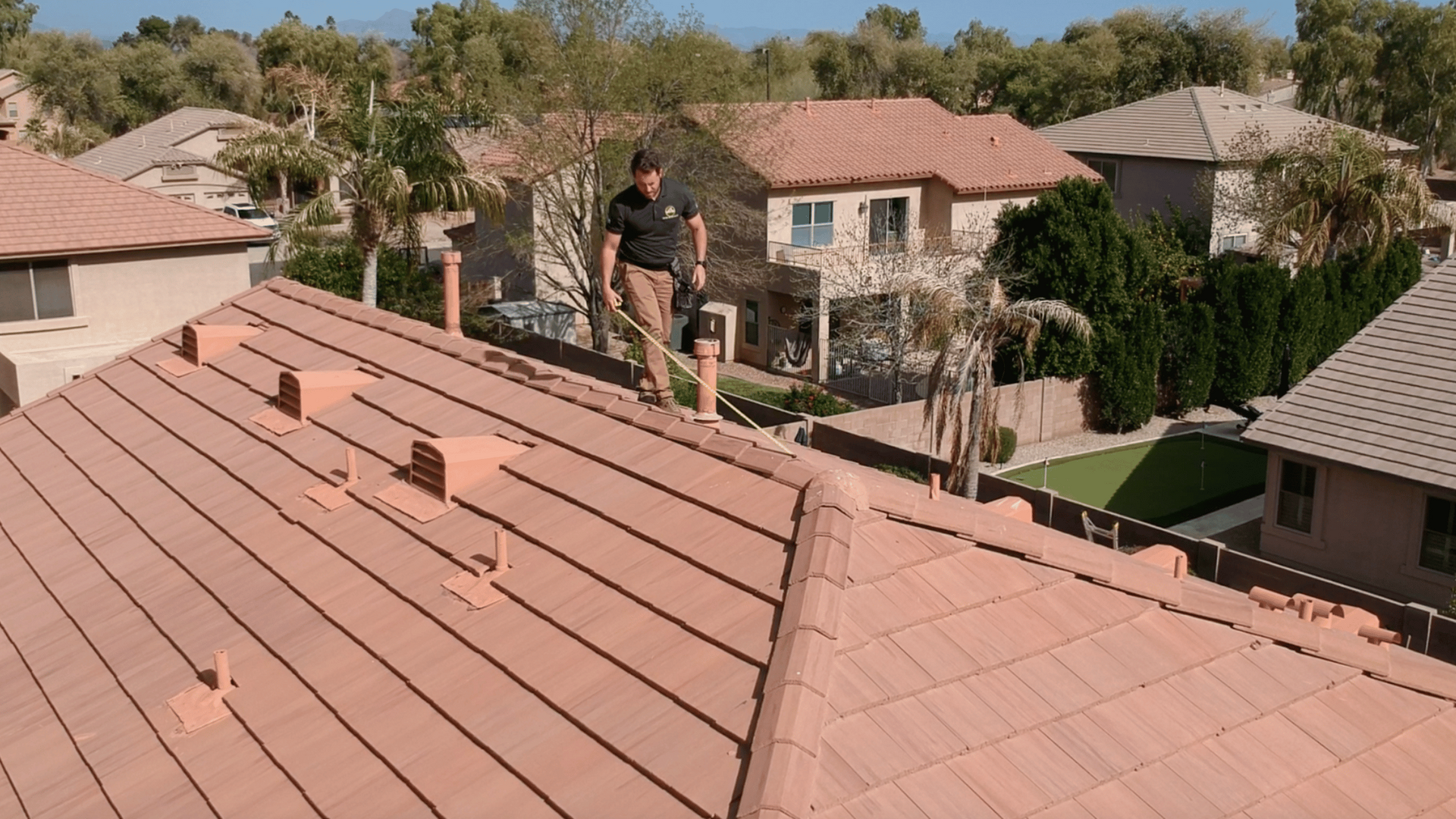Blog
Expert Roofing Tips & The Latest Industry Insights
Top 7 Roofing Challenges in Arizona and How to Address Them

Arizona’s diverse climate, ranging from the scorching desert heat to heavy monsoon rains, presents unique challenges for homeowners. Roofs, as the first line of defense, endure constant exposure to these elements, often leading to damage and wear over time. Addressing these challenges proactively can save homeowners money and protect their homes from further complications. At
Kyle The Roofing Pro, we are experts at navigating the top roofing challenges in Arizona and offer practical solutions to overcome them.
Top 7 Roofing Challenges in Arizona and How to Address Them
1. Extreme Heat and UV Exposure
Arizona summers can see temperatures exceeding 110°F, with constant sun exposure. Prolonged heat and ultraviolet (UV) radiation can:
- Cause roofing materials to warp, crack, or degrade prematurely.
- Increase the risk of thermal expansion, which can lead to structural damage.
- Fade and deteriorate shingle granules, reducing the roof’s ability to reflect sunlight.
Solution:
- Use Heat-Resistant Materials: Opt for materials like clay tiles, metal, or reflective coatings that can withstand extreme temperatures.
- Install Proper Ventilation: Ensure your attic is well-ventilated to regulate temperatures and prevent heat buildup under the roof.
- Regular Inspections: Schedule annual roofing inspections during spring to catch early signs of heat damage.
2. Monsoon Storms
From June to September, Arizona experiences intense monsoon storms characterized by heavy rainfall, strong winds, and hail. These conditions can:
- Dislodge shingles or tiles.
- Cause water pooling and leaks.
- Damage roof flashing, vents, and gutters.
Solution:
- Reinforce Vulnerable Areas: Secure loose shingles and inspect roof flashing and vents for stability before monsoon season.
- Improve Drainage: Ensure gutters and downspouts are clear of debris to prevent water pooling.
- Invest in Impact-Resistant Materials: Choose roofing materials rated for hail resistance, such as Class 4 shingles.
3. Dust Storms and High Winds
Dust storms, or haboobs, are common in Arizona, often accompanied by strong winds that can:
- Lift and loosen shingles or tiles.
- Deposit debris that clogs gutters and drainage systems.
- Damage roof coatings and sealants.
Solution:
- Trim Nearby Trees: Remove overhanging branches that could break and damage your roof during storms.
- Secure Loose Materials: Regularly inspect and reinforce any loose shingles or flashing.
- Routine Cleaning: Remove accumulated debris after storms to maintain proper drainage.
4. Temperature Fluctuations
Northern Arizona, in particular, experiences significant temperature swings between day and night, causing roofs to expand and contract. Over time, this can:
- Weaken roofing materials.
- Lead to cracks and leaks.
- Compromise structural integrity.
Solution:
- Choose Flexible Materials: Rubber or polymer-modified asphalt shingles are more resistant to cracking from thermal expansion.
- Seal Cracks Promptly: Address small cracks or gaps in roofing materials before they expand.
- Apply Weatherproof Coatings: Use coatings that enhance flexibility and protect against thermal stress.
5. Pest Infestations
Arizona’s dry climate attracts pests like termites, birds, and rodents, which can:
- Nest in roof spaces and vents.
- Chew through roofing materials and insulation.
- Compromise the roof’s structural integrity.
Solution:
- Seal Entry Points: Inspect for and seal gaps or holes where pests might enter.
- Install Protective Screens: Use screens over vents and chimneys to block pests.
- Schedule Pest Control: Regular pest control services can prevent infestations.
6. Flash Flooding and Poor Drainage
Sudden flash floods during the monsoon season can overwhelm roofing drainage systems, leading to:
- Water pooling on flat roofs.
- Roof leaks and water damage.
- Structural weakening due to prolonged exposure to moisture.
Solution:
- Maintain Gutters: Clean gutters and downspouts regularly to ensure proper water flow.
- Install Scuppers or Drains: For flat roofs, use additional drainage systems to prevent water accumulation.
- Apply Waterproof Membranes: Use membranes that provide extra moisture protection, especially in high-risk areas.
7. Snow and Ice in Northern Arizona
While the southern regions of Arizona rarely experience snow, areas like Flagstaff and the Mogollon Rim often endure harsh winters. Snow and ice can:
- Create ice dams that prevent proper drainage.
- Add excess weight to the roof structure.
- Cause water infiltration as snow melts and refreezes.
Solution:
- Clear Snow Accumulation: Use roof rakes to remove heavy snow without damaging roofing materials.
- Install Ice Barriers: Place barriers under shingles to prevent ice dams.
- Strengthen Roof Structure: Ensure your roof is reinforced to handle the added weight of snow and ice.
Arizona Roofing Challenges: Data and Statistics
- Heat Damage: Roofing materials in Arizona degrade faster, with asphalt shingles lasting an average of 15-20 years compared to 20-30 years in cooler climates. (Source: NRCA)
- Monsoon Damage: The National Weather Service reports that Arizona experiences 40-50 monsoon storms annually, causing over $10 million in roofing damages each year. (Source: NWS)
- Pest Risks: Arizona homeowners report a 30% higher incidence of roof damage caused by pests compared to the national average. (Source: PestWorld)
Arizona’s unique climate presents significant challenges for homeowners, but proactive measures can help mitigate these risks. Regular inspections, proper maintenance, and using materials suited to Arizona’s conditions are essential for preserving your roof's longevity and performance.
At Kyle the Roofing Pro, we specialize in addressing these challenges with tailored solutions for Northern Arizona homeowners. Whether it’s reinforcing your roof for monsoon season or protecting against extreme heat, we’re here to ensure your home remains safe and secure. For a free roof inspection and customized solutions, contact Kyle the Roofing Pro today. Let us help you tackle Arizona’s toughest roofing challenges with professionalism and expertise.





